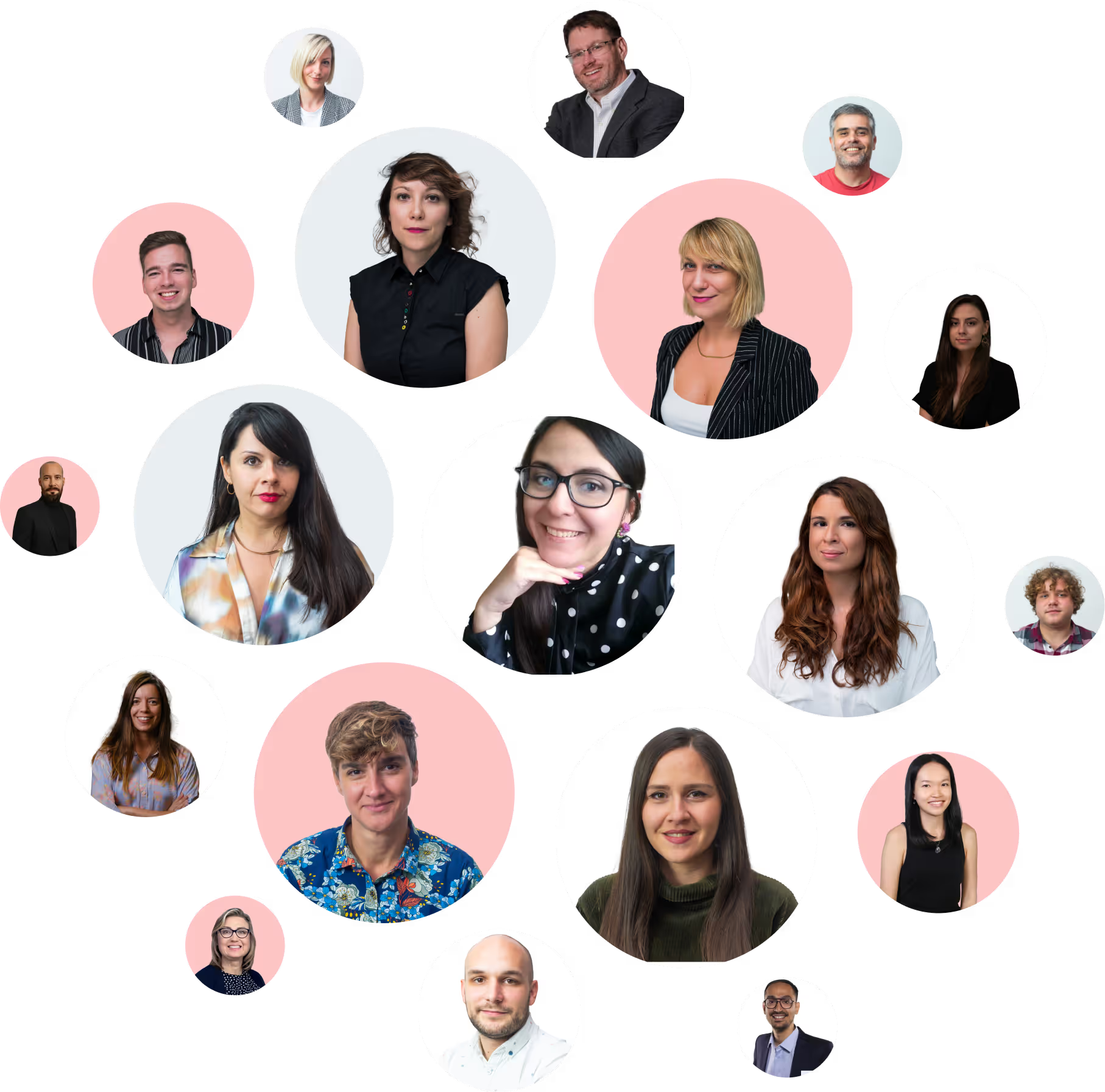.avif)
Deloitte Rising Star Monitor Round Table: This Is How We Grow
- Identify your clients before opting for internationalization
- Discuss, write and sign a shareholders agreement – and take more than a day to do so!
- Invest in talent acquisition and retention: the more you care about your people, the more they’ll care about your company
Just like heart-rate monitors, ventures around the world face ups and downs in their growth lifecycles. While there are multiple triggers that could influence these fluctuations, Vlerick Business School embarked on the task to pin down the elements that would stabilize start-ups’ heartbeats to achieve sustainable growth.In their 2018 Rising Star Monitor report, Vlerick stated that some of these key elements encompass the founding-team composition, their equity split, and remuneration.
In addition, Deloitte, Vlerick’s Entrepreneurship partner, added to the mix the potential for internationalization.To bring these elements to the current Belgian start-up scene, Deloitte organized an Innovation Debate, where members of the 50 fastest growing technology companies in Belgium would share their growth experiences in three key areas of improvement: ambitions for international growth, shareholder agreements, and talent management.
Ambitions for International Growth
When sharing anecdotes about ambitions for internationalization, it became clear that there is no “one size fits all” solution for every venture. While some companies start in Belgium and then make the decision to expand, others plan to sell abroad from the very beginning. How can you identify what would be the best option for your company?
“The decision to go beyond borders depends on your client segmentation” – explained Joris De Bruyne, Partner at EyeSee. He stated that EyeSee’s business is handled directly with regional and world headquarters, and they’re mostly located outside of Belgium.On the other hand, Teamleader’s CEO Jeroen De Wit, and Aproplan’s CEO Thomas Goubau, shared that they both started first in Belgium, since their clients are SMEs, and waited for their products to prove stable success before expanding to other countries.
Shareholder Agreements
Veroniek Collewaert, the co-author of the 2018 Rising Star Monitor report, stated that only 50% of new ventures have official shareholder agreements.
Within that 50%, most of the teams have basic buyout terms, and only the minority actually discusses specific conditions under which shareholders may take company equity if they decide to leave.The other 50% don’t even discuss it. She explained that the main reasons why this happens are because “they don’t think it is important, they don’t know that it is possible or that it exists”.The panel members of the debate shared how this is approached in their own companies. De Wit mentioned that it is good to have a shareholder’s agreement, and it doesn’t mean that it will necessarily be used. Collewaert stressed the importance of this document by stating that “this is not only a protection for the investor, it is a protection for one another”.Nevertheless, a question that pops up when discussing these agreements is always of course, who then gets to have the control of the company?
Teamleader’s CEO mentioned he likes having a smaller piece of a larger cake and at the same time control over the company. Even if he is not a majority shareholder, he said: “it is me and the management team who are managing the company on a day to day basis”.Goubau agreed with this statement, by affirming that it is not the investors who are running the company. In addition, De Bruyne said that open communication with the shareholders is essential to maintain the balance and that he tries to extend these practices to their management team.De Bruyne shared that the EyeSee team focused on client-based financing to balance the cost structure. The trust of companies like Smurfit Kappa and Lidl were enabling the growth without the need to raise extra capital asap.
Moreover, there are alternatives to the venture capital model, such as bank loans (thanks KBC and ING) in combination with government loans (PMV) and/or innovation subsidies to finance the growth.
Talent & HR Management
Companies may have superb products, but without the right people behind them, would they succeed? Collewaert states that what successful scale-ups have in common are: organic growth, continuous feedback exchange among colleagues, open communication about career perspectives and professional recruitment.Christophe Vanden Eede, Chief Talent Officer at Telenet stated that they’re continuously evolving in the company, since “the time when people knock to your door is over”. He explained that it is now about what you can offer to your employees and potential candidates.The debate panel agreed on the struggle to find the right fit for each company. De Bruyne stated that for EyeSee the key was beginning with a group that kick-started the company’s culture and then attract more candidates via recommendations of happy colleagues. The next steps are to boost internal education, create personal development plans for current team members and to go scouting without being afraid of hiring senior individuals with more years of experience.










